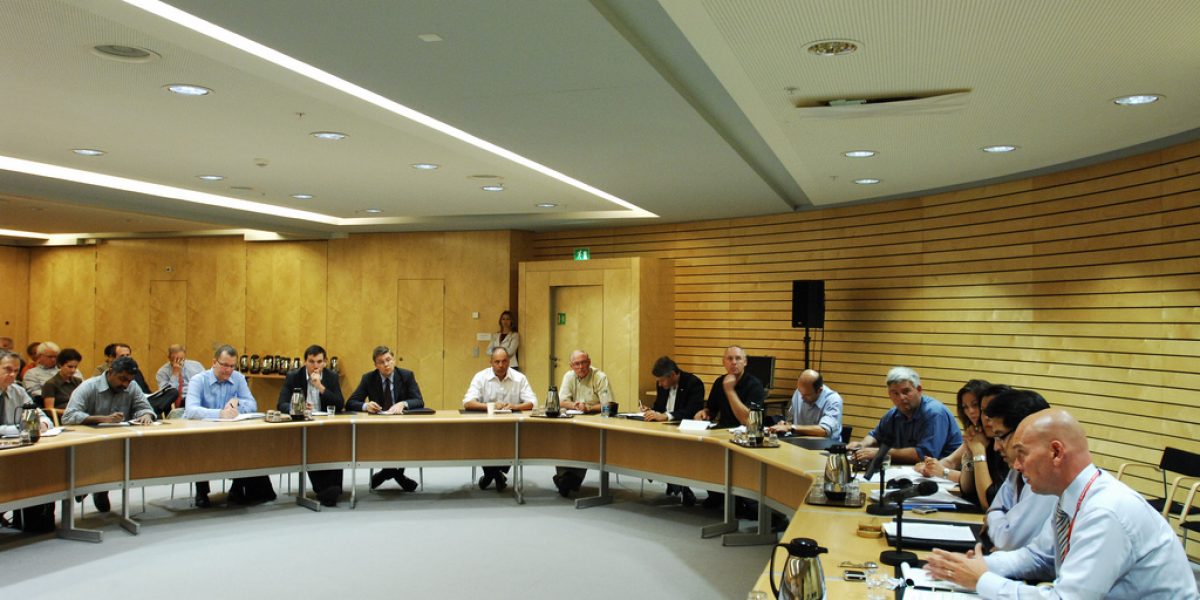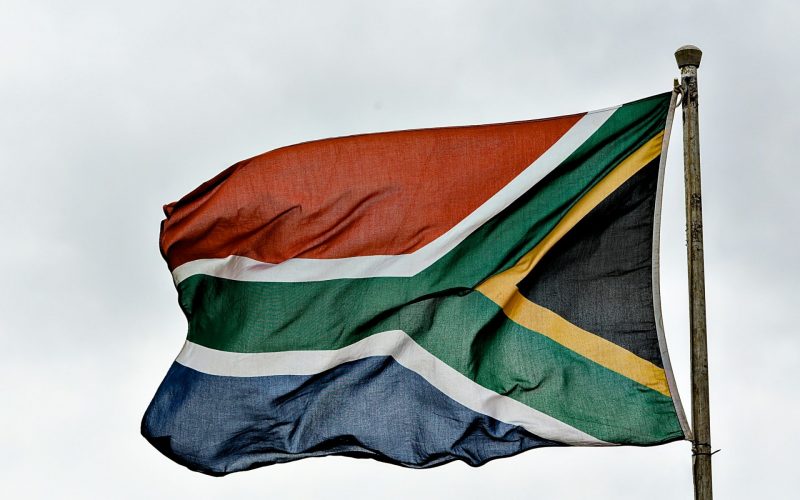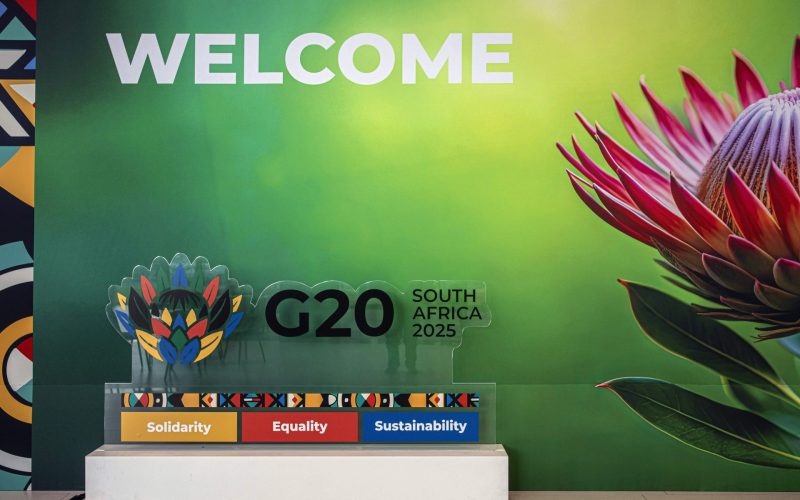So while the media understandably fixates on the agriculture negotiations in the World Trade Organisation’s (WTO) Doha Round, SA’s real export interests actually in the lie area of “non-agricultural market access” (NAMA).
The NAMA negotiations, as with most issues in the Doha Round, are fraught. Industrialised countries — which exhibit low tariff structures on industrial goods — favour major tariff reductions in the developing world, especially the big emerging markets. Big emerging markets favour gradual tariff reductions. Poor least developed countries (LDCs), many of which are in Africa, favour no tariff reductions at all.
These dynamics are playing out in haggling over complicated tariff reduction formulas, to be applied across the board to all members’ tariff regimes.
Developed countries favour a “Swiss formula”, which would apply proportionately higher reductions to high tariffs, and lower reductions to lower tariffs. This would force some equalisation in the overall tariff regime, although countries at different stages of development could apply different “coefficients of variation”, implying less radical cuts for poorer countries.
Some developed countries, especially the US, also advocate sector-specific negotiations, ie a series of sector deals. Developing countries favour a “Uruguay formula” that would apply average cuts across the board.
My sense is that sector deals are broadly opposed.
LDCs would probably be exempted from making any cuts at all, although they would be expected to bind their tariff regimes. Logically this position applies to sector negotiations, too.
In the build-up to the Hong Kong Ministerial meeting in December the search is now on for a compromise formula. Clearly this is linked to other negotiating areas, particularly agriculture and services, generating a myriad of possible negotiating outcomes and associated potential for gridlock.
If we just focus on NAMA, what are SA’s interests?
On the defensive side — which the National Economic Development and Labour Council (Nedlac), the key forum where these matters are discussed, is good at — the overriding concern expressed by Cosatu and some sections of organised business is that we will be forced to substantially liberalise our tariff regime. Consequently, Cosatu opposes formulas, favouring a request-offer process (ie line by line negotiations). Cosatu also opposes sector negotiations. This argument doesn’t hold up on two accounts.
First, the gap between our WTO bound tariffs and those that are actually applied is substantial. It is entirely possible that a compromise formula would result in no actual tariff reductions at all. Cosatu responds that narrowing the gap between applied and bound tariffs reduces our flexibility to raise tariffs when we need to.
However, our tariff structure is already complex, riddled with exemptions and duty drawback provisions, and subject to protection on demand through application to the International Trade Administration Commission.
We should be unilaterally simplifying and liberalising our tariff regime in the interests of facilitating trade — both imports and processed exports.
Second, line-by-line negotiations amongst 148 member countries are a non-starter — formulas will have to apply if the round is to progress. Besides, other countries to which we export will also be applying the agreed formula to their tariff schedules — or not — as the case may be. So how could these formulas affect our export interests?
Concerning the bulk of our intermediate manufactured exports into the developed world, not much additional access is likely to be gained owing to already liberal tariff structures.
Our more advanced manufactured goods entering African markets may not benefit from any tariff changes at all. This would fit within the overall consensus in the WTO, and as such and for reasons connected to political sensitivities around SA’s African diplomacy, probably should not be aggressively pursued. However, it does point to a need to enter into bilateral trade negotiations with key African markets in order to ensure enhanced market access.
That leaves our big emerging country partners and competitors. Currently they account for a small proportions of our overall trade, with the notable Chinese exception. The latter trading relationship is stacked in China’s favour, and it is possible that, owing to their WTO commitments, the Chinese may not liberalise much in this round. India and Brazil will not undertake major commitments. In this light our free trade negotiations agenda, especially with India, Brazil, and southeast Asia, makes more sense. China is a more daunting proposition, but a carefully constructed free trade agreement could be beneficial.
Much depends on the extent to which South African exporters foresee major opportunities in those markets. That is presently not clear. Even less clear is whether our supply capacities could be geared up to take advantage of any new market access opportunities.
So government’s efforts to reduce the national cost structure and unblock key infrastructure bottlenecks are critical determinants of whether we will gain from these processes.
South African exporters of industrial goods should step up to the plate and insist that their interests are adequately represented in the negotiations. Is there a constellation of offensive interests in Nedlac? My sense is that there is not.







